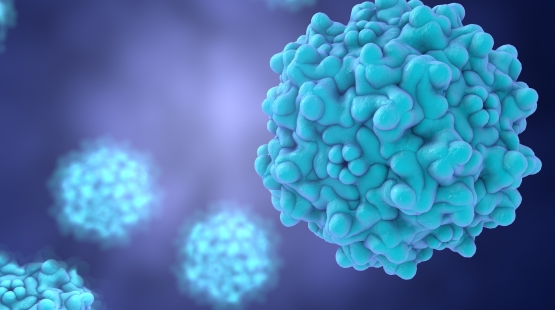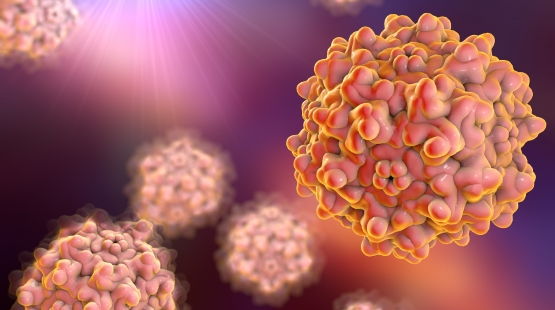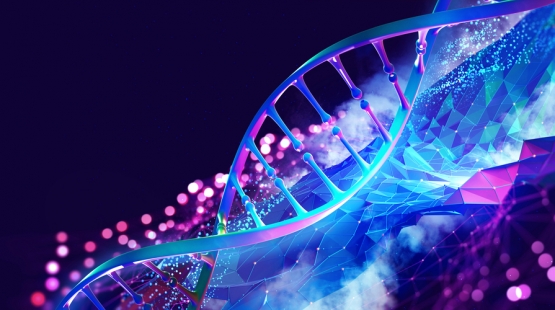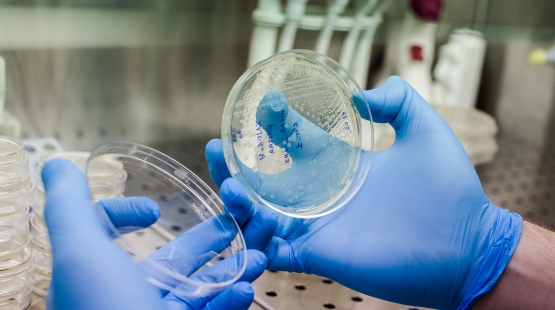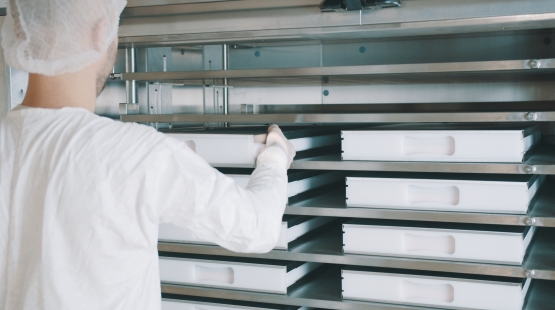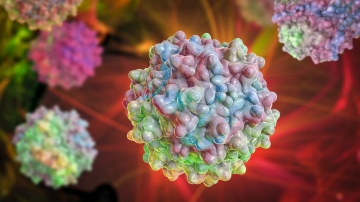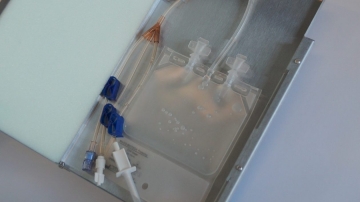Viral vector simply explained
Table of contents
ShowViral vectors have become a cornerstone in biotechnology. While their function is complex, they play a vital role in various areas, including gene therapy, vaccine development, and genetic research.
In this article, we will provide a simple definition of viral vectors, explore different vector systems and discuss today’s challenges and solutions in viral vector manufacturing.
Definition – what is a viral vector?
A viral vector is a crucial tool employed to deliver genetic material into target cells. These vectors, often derived from naturally occurring viruses, are engineered to serve as vehicles for the transport of specific genes or genetic payloads.
Viral vectors play a vital role in the field of gene therapy, where the objective is to correct, modify or replace defective genes responsible for genetic disorders. By harnessing the natural ability of viruses to enter host cells and insert their genetic material, scientists have repurposed these vectors to introduce therapeutic genes into the patient's cells. This process holds immense promise for treating a wide range of genetic conditions, including inherited diseases and certain types of cancer.
To accomplish this task, viral vectors are modified to carry the desired genetic cargo while rendered harmless by manipulating the virus’s wild type. This ensures their safety and efficacy in delivering the intended genetic material to target cells within the patient's body.1
Types of viral vectors
Various types of viral vectors have emerged as indispensable tools for delivering genetic material to target cells. These vectors possess unique characteristics and applications, each contributing to the advancement of genetic research and therapeutic interventions.
Adenovirus vectors (AVVs)
Adenovirus vectors, also known as AVVs, are instrumental in gene therapy and research. These vectors, derived from adenoviruses, efficiently deliver genetic material to target cells. However, their use can elicit an immune response due to the presence of viral genes, leading to antibody production and immune system activation. Researchers are actively addressing this challenge to harness the potential of adenoviral vectors for gene therapy.2
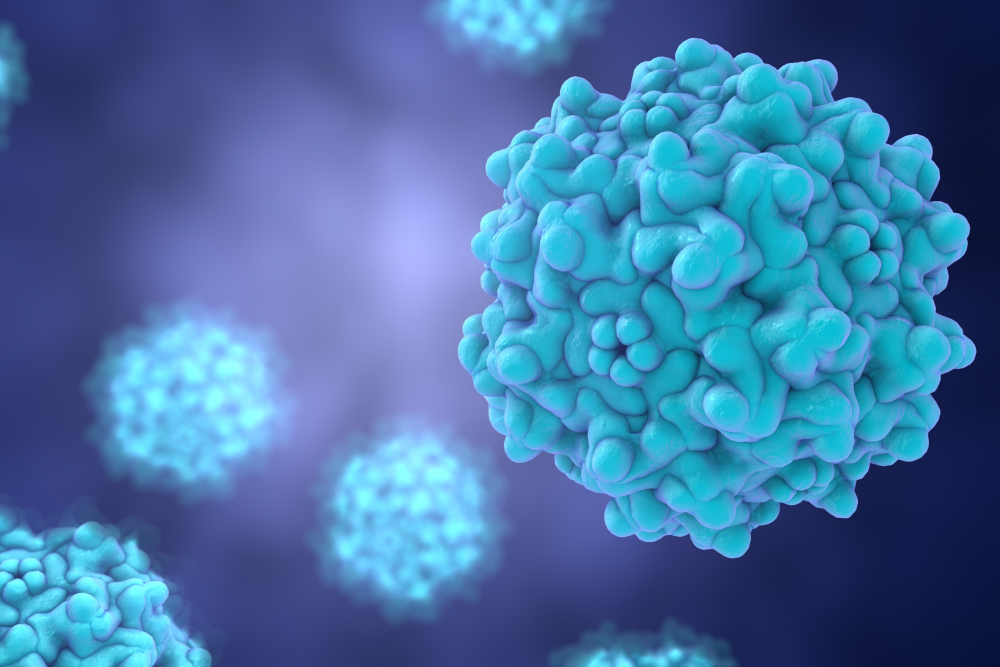
Adeno-associated viral vectors (AAVs)
Adeno-associated viral vectors, commonly known as AAVs, are derived from the adeno-associated virus – a virus type that is dependent on the presence of a helper virus (the first one being described was the adenovirus, which explains their nomenclature). Adeno-associated viruses are pivotal in gene therapy and clinical trials, efficiently delivering transgenes into target cells.3
AAV vectors are highly regarded for their low immunogenicity and safety profile. They have found extensive use in clinical trials, offering promise for the effective delivery of recombinant genetic material, making them a versatile tool in cutting-edge genetic research.
Read more: AAV as a vector for gene therapy3 4
Lentivirus vectors (LVVs)
Lentiviral vectors, or LVVs, come from lentiviruses, a type of retrovirus. They are helpful in various fields, like gene therapy and stem cell research. LVVs can get into cells that are dividing and those that are non-dividing, which is very useful for precisely delivering genetic material.
Viral vectors and non-viral vectors in gene therapy
In gene therapy, viral vectors as well as non-viral vectors are essential tools for gene transfer. While viral vectors offer high transfection efficiency, they sometimes come with concerns related to toxicity, immune response, and the potential to induce gene expression of unwanted antigens in vitro.
Non-viral vectors, on the other hand, are often considered safer but may be less efficient in targeting specific cell lines and delivering therapeutic proteins.
Read more: Non-viral vectors vs viral vectors in gene therapy5
Viral vector vaccines
Viral vector vaccines changed immunization methods significantly, as seen in their crucial part in the development of COVID-19 vaccines. These vaccines use the immunogenicity of viral vectors to carry nucleic acids with the help of capsid proteins, which results in an active immune response. The result is the production of protective antibodies and the priming of the immune system against specific pathogens.
Unlike mRNA vaccines, viral vector-based vaccines use DNA instead of RNA to deliver a blueprint of a specific pathogen element to target cells. This allows the immune system to recognize and efficiently react to the actual pathogen upon encounter.
Read more: Viral vector vaccines vs. mRNA vaccines based on non-viral vectors
Production process – how is a viral vector made?
Viral vector production is a fundamental ex vivo process in order to generate all kinds of biologics, considering the wide use of viral vectors in the biopharmaceutical sector.
This process – from cell line development to steps like AAV packaging – must adhere to strict regulatory requirements, issued by institutions like the FDA, aiming to ensure maximum quality and safety of biopharmaceuticals.
The process used to manufacture viral vector is highly specialized, but it can be broken down into the following steps:
- Host cell selection: The selection of host cells among various cell types used in the biopharmaceutical industry is the first step in viral vector production. These cells are often sourced from mammalian cells and are used as the foundation for creating viral vectors.
- Genetic engineering: Genetic modifications empower the cells to take on their role as proficient producers of the desired viral vectors.
- Genetic material, ranging from plasmids to viral DNA, is introduced into the host genome.
- Cell cultivation: These genetically augmented host cell lines are then cultivated in bioreactors.
- Virus production: The cell culture begins making viral vectors based on the modified genetic plan.
- Harvest and purification: The newly generated viral vectors are harvested and separated from residues in order to guarantee maximum purity.
- Quality control: Ongoing quality control is performed to ensure that the viral vectors are both safe and effective.
Formulation: The viral vectors are formulated into the desired dosage form and prepared for storage or shipping.
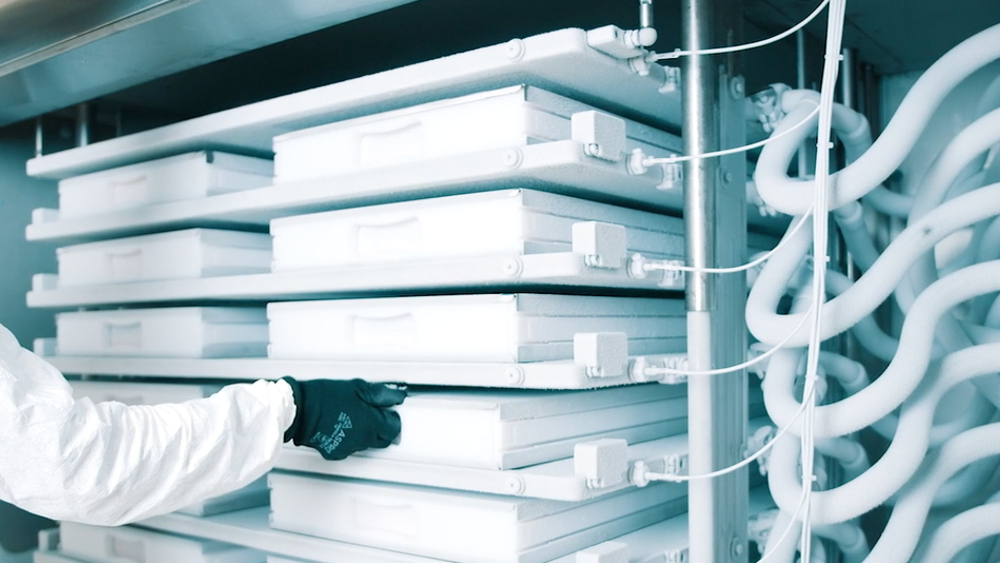
Challenges and innovative solutions in viral vector manufacturing
Producing viral vectors is a multifaceted process with significant implications for various biotech applications, including vaccines and gene therapies.
Adenoviral vectors, adeno-associated viral vectors, and lentiviral vectors are utilized in these endeavors and offer great promise in treating cancer types such as leukemia, as well as specific cell types like T cells. However, viral vector production presents certain challenges that need to be addressed. These include the potential for genetic mutations and encoding problems, as well as the protection process.
Scaling up from small laboratory setups to large-scale production while maintaining similar product implications and adhering to stringent regulatory standards poses significant hurdles. Selecting appropriate manufacturing platforms, achieving desired cell densities, and ensuring readiness for clinical trials demand meticulous planning.
Effective long-term storage adds another layer of complexity, demanding the development of suitable formulations and efficient freezing methods.
In response to these challenges, innovative approaches are paving the way for next generation viral vector production. Single Use Support actively takes part in the implementation of novel approaches in viral vector manufacturing. With solutions for automated fluid as well as advanced cold chain management, the production process can be streamlined, enhancing cGMP compliance as well as cost-effectiveness. A high degree of automation helps to homogenize production steps and reduces the need for manual interventions.
Plate-based freezing platforms are able to freeze substantial amounts of biopharmaceuticals in a fast and controlled manner, tailored to every product’s requirements. This is to avoid reduced product viability associated with uncontrolled freezing processes, such as cryoconcentration. ULT (ultra-low temperature) freezers store viral vectors before shipping to their destination. The vectors are kept at ultra-low temperatures below -60°C. Freezers powered by natural gas in their cooling systems can decrease the carbon emissions associated with ultra-low temperature freezing processes.
FAQs
What is an example of a viral vector?
An example of a viral vector is the retroviral vector. Retroviral vectors are derived from retroviruses, a family of viruses that can integrate their genetic material into the host cell's genome. These vectors have been extensively used in gene therapy and molecular biology research to deliver specific genes or genetic payloads into target cells. Retroviral vectors are particularly useful for applications where long-term gene expression is required, making them valuable tools in the development of gene therapies for various genetic disorders.
What is the difference between a plasmid and a viral vector?
Plasmids and viral vectors are both used in genetic engineering and gene therapy, but they differ:
Plasmids are small, circular DNA molecules that are separate from the host cell's chromosomal DNA. They occur naturally, but are commonly used as cloning vectors and can carry specific genes or genetic elements for research purposes.
Viral vectors, on the other hand, are typically derived from viruses and are engineered to deliver genetic material into host cells. Like plasmids, they are often used in gene therapy and biotechnology for targeted gene delivery.
What are the different types of viral vectors?
There are several types of viral vectors commonly used in gene therapy and biotechnology:
Adenovirus vectors (AVVs): Derived from adenoviruses, AVVs efficiently deliver genetic material into target cells but can trigger an immune response due to the presence of viral genes.
Adeno-associated viral vectors (AAVs): AAVs are derived from adeno-associated viruses and are known for their low immunogenicity, making them suitable for various gene therapy applications.
Lentiviral vectors (LVVs): LVVs are derived from lentiviruses and can infect both dividing and non-dividing cells, making them valuable for applications involving stem cells and neurons.
Further articles about viral vectors
- Viral vector, https://www.britannica.com/science/viral-vector, Published 2023
- Immunogenicity and toxicity of AAV gene therapy, http://dx.doi.org/10.3389/fimmu.2022.975803, Published 2022-08-12
- Adeno-Associated Virus (AAV) as a Vector for Gene Therapy, http://dx.doi.org/10.1007/s40259-017-0234-5, Published 2017-07-01
- Characteristics and advantages of adeno-associated virus vector-mediated gene therapy for neurodegenerative diseases, http://dx.doi.org/10.4103/1673-5374.250570, Published 2019-02-12
- Non Viral Vectors in Gene Therapy- An Overview, http://dx.doi.org/10.7860/JCDR/2015/10443.5394, Published 2016-07-08


